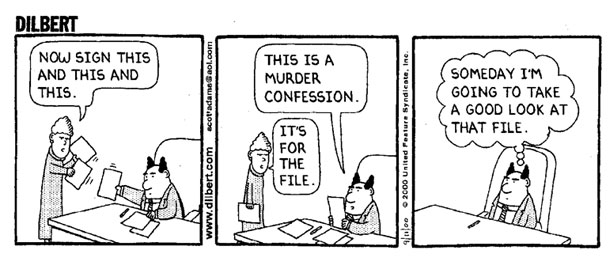
As the year hurtles to its conclusion, most of us will reflect back on what we accomplished and also what will fall into the pile labeled “good intentions”. Making the best use of that fleeting resource – time – will always be a challenge.
As you make your reflections, please also begin to consider some things you can do to better prepare for making even better use of your time in 2015. And remember, you have three work weeks left to try any of these ways to beat the clock.
1. Make meetings count! Be disciplined!
The bane of existence for the majority of my corporate clients is how their days are filled with back-to-back meetings most of the week. There seems to be very little energy expended in ensuring that meetings are well run, productive, and continually advance whatever project or purpose they are intended to support.
I have many suggestions about running better meetings (see my ebook at the bottom of this post), but one key thing that several of my clients have done is to strategically stop going to meetings when they are not sure of the purpose, the need for them to personally attend (rather than a delegate), or that they have traditionally found unproductive.
It also becomes incumbent upon you to run efficient and effective meetings yourself. One key way to start is to ensure you have a defined purpose for each meeting and a summary of action items when you are finished. It can also help to scale hour-long meetings back to 50 minutes and also start having 30-minute meetings that really last only 25. At least you can plan for bathroom breaks this way.
2. Allocate certain hours for returning calls or emails.
I don’t know how many emails or calls you get on a given day, but I have many clients who receive in excess of 200 emails a day. The default for keeping on track with managing such a deluge is usually working on it at night, early in the morning or on the weekends.
An alternative would be to allocate one or two hours a day, even if it’s in 30-minute increments, to responding to the most pressing email or urgent calls. The key is you must protect this “your” time and let people know why you are shutting your door and focusing.
3. If you have an assistant learn how to use him/her.
Not everyone who reads this will have an assistant that works directly for them or that they share. But I have stressed to many clients the importance, when such talent is available, to learn how to use them effectively. Have them route your calls for you, set up meetings and manage your calendar, and assist with your filing and follow-up.
I have always been a big fan of the Dilbert cartoons and here’s one of my favorites on this very topic.

I often ask my clients if they get a lot of porn at work, and they look at me aghast and say “No!” I then suggest they have their assistants also screen their email to help them prioritize the use of their response time for the most critical items.
4. Reconsider your “Open Door” policy.
Some clients pride themselves on being infinitely available to their team and coworkers. What they are doing with an “open door” policy is to reinforce what I call Continuous Partial Attention Disorder.
People drop in and interrupt you when it’s convenient for them, making you uncomfortable with asking them to come back later. You have very little discretionary time in your calendar, to begin with, and by enabling others to interrupt you at their leisure, you can be sure that your productivity will be influenced.
You will have to train people to respect that you are working when you have your door closed, but that it’s okay to pop their head in when it’s open.
5. Quarterly office “stuff” purges.
In a recent post, I spoke about the annual Japanese custom of Kure where everyone spends time cleaning out files and reading materials for a clean sweep for the coming year. I think a “mini-Kure” is in order each quarter to unclutter and put what’s important into focus.
6. Learn to delegate with boundaries.
Time will never be on your side if most of what you do as a leader has to be done by you and you alone. When I speak of boundaries when we delegate, the person you are delegating to must know what your expectations are.
Here’s a shorthand way for you to assess the depth of your ongoing involvement in a task you delegate:
- A steel chain: You, the delegator, and the person you give the task to, the delegatee, are linked together by a steel chain because you are not sure of how to proceed and will need to work alongside them to develop a plan for accomplishing this task.
- A rubber band: Although the plan is developing nicely, there are lots of moving parts so you will have the delegatee check-in at key milestones to keep it on track.
- A thread: The task goes from you to the delegatee, but you have the confidence to be done with it.
Even if you start with a steel chain, you progress along the continuum until it is delegated away.
7. Consider empowerment – it also takes boundaries.
Empowerment is like a yo-yo – both good and bad. If a person is empowered, they know just what to do to accomplish a task. You can truly say, You’re On Your Own (YO-YO), and let them run with it. Otherwise, it is really like a yo-yo – it’s your task and now it’s mine again, it’s your task and now it’s mine again.
—
Ask yourself:
- What can I do to take better control of my time resources?
- Do I know how to empower others or delegate well?
- Am I brave enough to make a stand against wasteful meeting time?
Please share your experiences or ideas with us all in the comments section below.
Photo Credit: MattysFlicks / CC



Leave a Reply